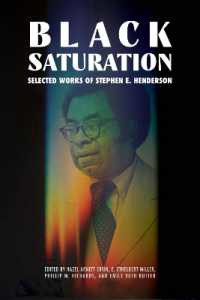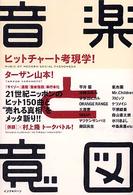Full Description
Yi-Tang Lin presents the historical process by which statistics became the language of global health for local and international health organizations. Drawing on archival material from three continents, this study investigates efforts by public health schools, philanthropic foundations, and international organizations to turn numbers into an international language for public health. Lin shows how these initiatives produced an international network of public health experts who, across various socioeconomic and political contexts, opted for different strategies when it came to setting global standards and translating local realities into numbers. Focusing on China and Taiwan between 1917 and 1960, Lin examines the reception, adaptation, and appropriation of international health statistics. She presents the dynamic interplay between numbers, experts, and policy-making in international health organizations and administrations in China and Taiwan. This title is also available as Open Access.
Contents
Introduction; 1. The call for a language of public health: Philanthropic foundations, bacteriologists, and health administrators; 2. The language and dialect of health science: Public health schools and their statistical practices; 3. The language of health administrations: The League of Nations Epidemiological Intelligence Service; 4. The language of policy-making: Research and advocacy through health demonstrations; 5. Popularization at a global scale: The WHO and the postwar health statistics reporting system; 6. The art of rhetoric: Statistical standards at work, from fieldwork to world policy-making; 7. Another way of speaking? Public health statistics in the People's Republic of China; Conclusion: Numbers, experts, and policy-making.







